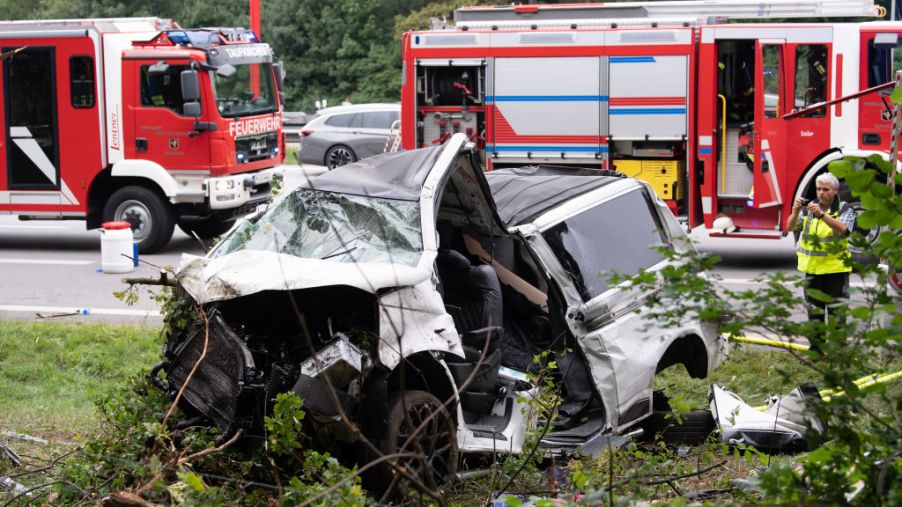
When is a Vehicle Considered Totaled?
Car accidents can happen to even the most cautious drivers. This is one of the reasons why it’s so important to have car insurance since it will help cover some of the damage. In some cases, a car can be damaged to the point where it’s undrivable and considered totaled.
How do you know if your car will be totaled or repaired? It depends on your insurance and state of residence. As explained on CarInsurance.com, insurance companies have a few ways to calculate the cost of repairs. This will ultimately decide whether your car is considered a total loss.
Is my car totaled?
Your insurance company will consider your car officially totaled, or a “total loss,” if the cost of repairs comes close to your car’s actual value or if the vehicle cannot be safely repaired. Once a vehicle is totaled, your insurance company will pay you what the vehicle is worth and rebrand it with a salvage title. Each state has a set total-loss threshold, which can range from 50% to 100% of your car’s value. If the cost of the damages exceeds this percentage, your car cannot be repaired.
How is my car’s value determined?
Each insurance company has its own method for deciding a vehicle’s value. Insurers will use actual cash value instead of the price you paid at a dealer’s lot. This is how much your undamaged car would cost if placed on the open market. This value is generally determined by your car’s current mileage, any added features, same-city sales prices, and any pre-existing damage.
How much will it cost to repair my car?
When you file a repair claim, your insurance company will refer you to a claims adjuster. The adjuster will meet with you to review your damaged vehicle and estimate repair costs. Some insurance companies may also use special software, such as Mitchell Estimating, to determine the cost of your vehicle’s repairs.
Total-loss thresholds by state
In most states, the total-loss threshold is 75%. If you live in North Carolina and your car was worth $30,000 and the damages totaled over $22,500, your car would be considered a total loss by your insurance company. However, some states have much lower or higher thresholds.
The states with the lowest total-loss thresholds are Iowa (50%), Oklahoma (60%), and Nevada (65%). If you live in Colorado or Texas, your state has a 100% total-loss threshold, and your vehicle can still be repaired as long as the cost of the damages doesn’t exceed its actual cash value.
What is a total-loss formula?
Some states do not have a mandated total-loss threshold. In this case, your insurance company will use what is known as a total-loss formula to determine if your vehicle is totaled. It’s a simple equation: The cost of repair plus the salvage value needs to be greater than the actual cash value. The salvage value is how much your car could be sold for in its current state after the accident.
An important thing to remember is that the value of your car can vary drastically between two insurance companies. Even while using the same total-loss formula, it’s possible for one company to decide your vehicle can be repaired, while another may consider it totaled. If you believe there’s still hope for your car, you can always ask for another evaluation from your insurance company.



